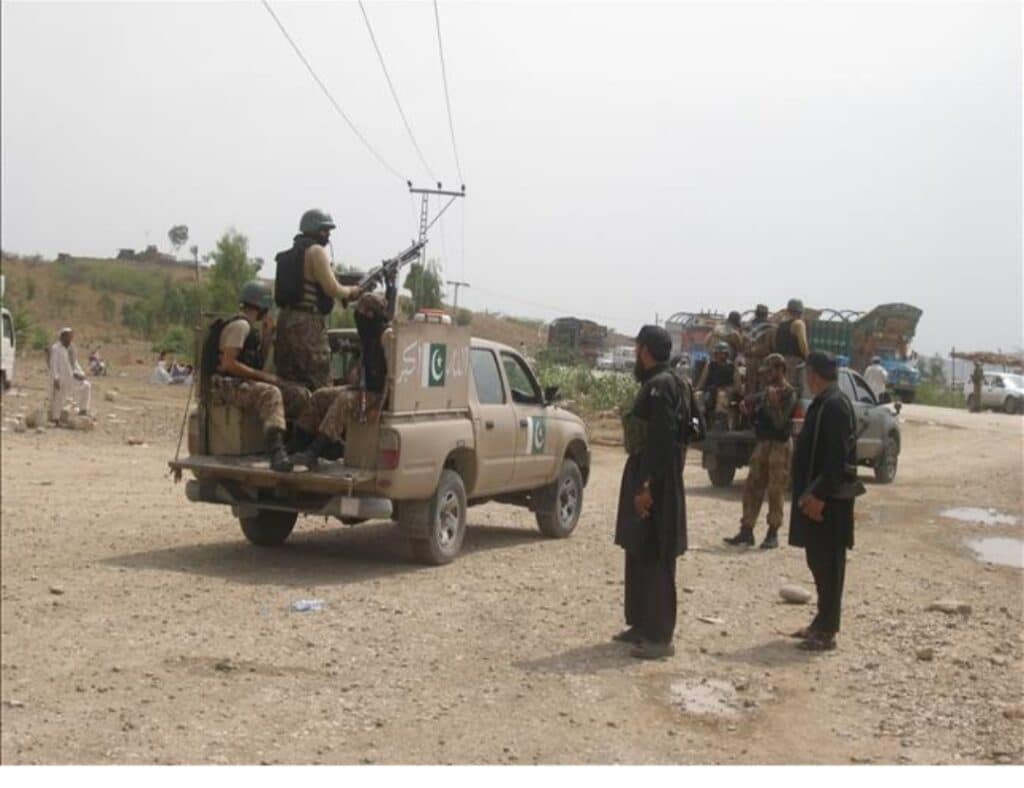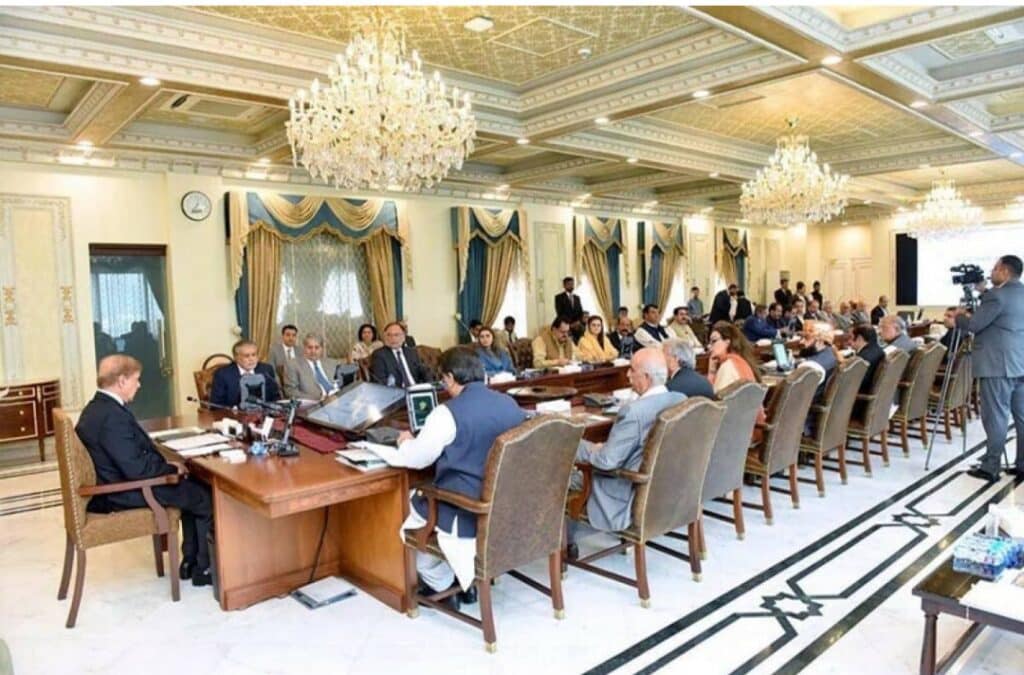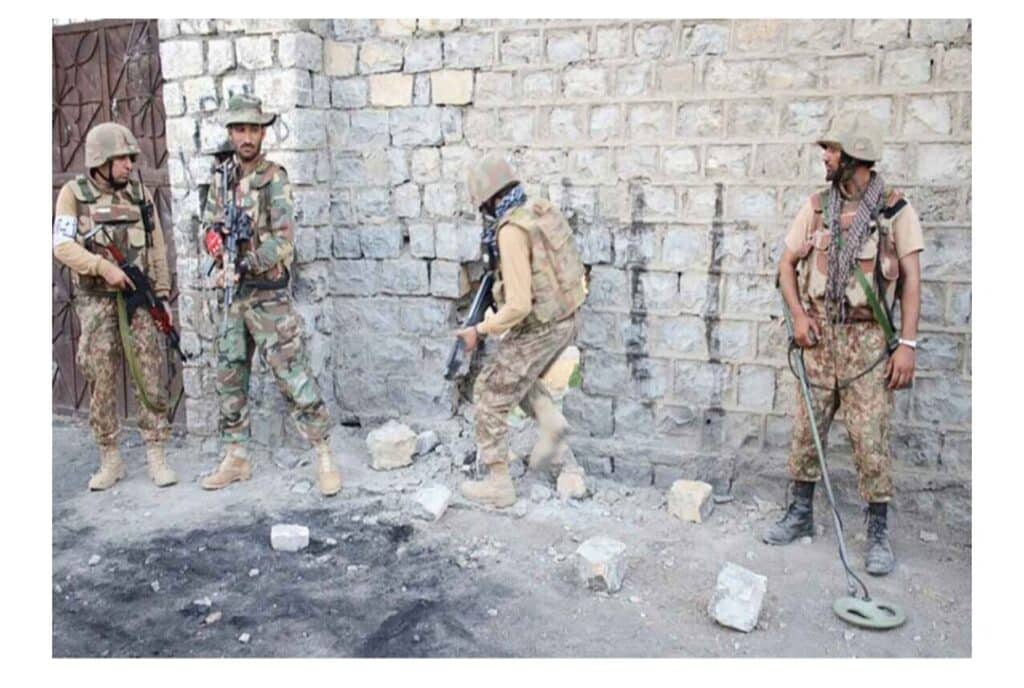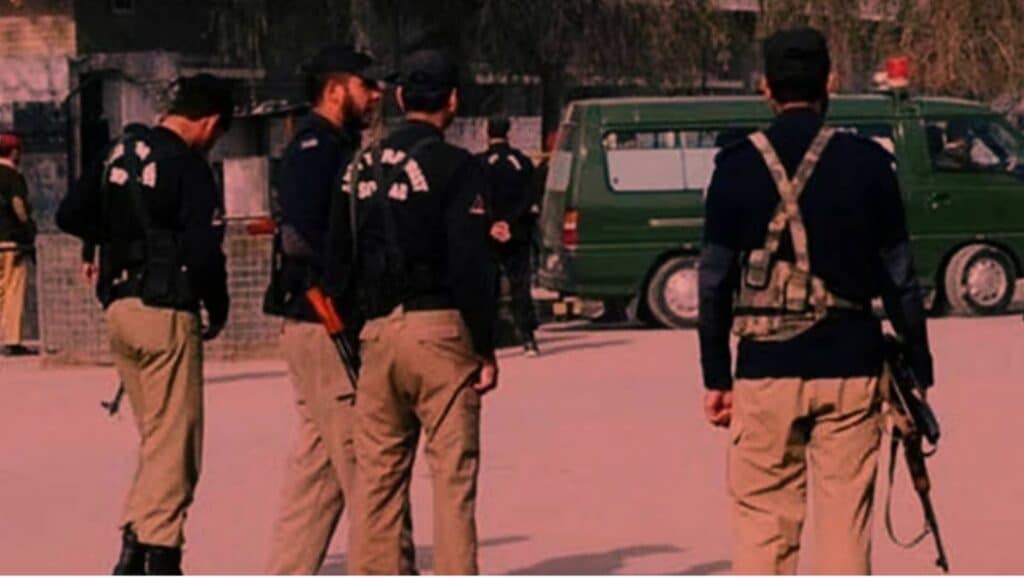A US made M4A1 carbine rifle, originally shipped from Colt’s Manufacturing plant in Connecticut on January 9, 2018, and destined for Afghan forces, has been recovered in Pakistan following a deadly train hijacking by militants last month. Bearing serial number W1004340, the rifle was among billions of dollars’ worth of military equipment abandoned in Afghanistan during the 2021 US withdrawal — now turning up across the border in the hands of insurgents.
This incident highlights a growing crisis, as advanced American weaponry—once meant to stabilise Afghanistan—has become a deadly asset for militant groups in Pakistan, including the Tehrik-e-Taliban Pakistan (TTP) and Baloch separatists. The fallout from America’s failed 20-year war continues to destabilise the region, Pakistani officials and experts warn, with grave implications for national security.
After the March 11 train hijacking that killed at least 26 people, Pakistani authorities identified three U.S.-made rifles allegedly used by the attackers. Records obtained through the Freedom of Information Act confirmed that at least two had been issued to Afghan forces by the US government. In total, the US Army and Pentagon acknowledged to The Washington Post that 63 weapons recently seized from militants in Pakistan were originally provided to Afghan forces.
“These militants now have the latest American-made weapons,” said Ahmad Hussain, a Pakistani special forces constable who was critically injured in a nighttime ambush in the northwest. “They could see us—we couldn’t see them,” he added, referring to militants’ use of advanced night-vision goggles.
In May, Pakistani officials granted access to a cache of weapons captured from militants, including M16 rifles, modern M4 carbines, and PVS14 night-vision devices—standard issue in the U.S. military. While not all devices could be independently verified as U.S. government property, their proliferation underscores the scale of illicit transfers.
“The presence of U.S. advanced weapons has been an issue of profound concern for the safety and security of Pakistan,” the Foreign Ministry stated in January.
According to a 2023 report by the Special Inspector General for Afghanistan Reconstruction (SIGAR), more than $7 billion worth of U.S. military equipment was still in Afghanistan at the time of the Taliban takeover. This included over a quarter-million rifles, nearly 18,000 night-vision goggles, and millions of rounds of ammunition—enough to outfit entire divisions.
The Pentagon has maintained that once transferred, the weapons became Afghan government property. “They were the Afghan government’s responsibility,” a senior U.S. defense official said, adding that the recovered weapons represent only a minuscule portion of what was provided over the years.
Nonetheless, the consequences are mounting. Pakistani militants have reportedly paired night-vision gear with small drones for precision attacks. “The battle has become much more dangerous,” said Major Zaheer Hassan of the Pakistan Army, who was injured in a recent militant assault.
Weapons bazaars near the Afghan border, such as the notorious Darra Adamkhel market, were flooded with US weapons following the Taliban’s rise. “Just after the takeover, the latest night-vision devices were sold at a scrap rate,” said Raz Muhammad, a local weapons trader. Devices once worth $2,000 were being sold for as little as $300.
Demand surged among militants. “The market was booming even before the Americans fully withdrew,” said Qari Shuaib Bajauri, a senior TTP commander, noting that falling prices and widespread availability allowed fighters to quickly rearm.
The Pakistani government has since launched operations to dismantle these markets, but sources claim militants continue to access high-grade weapons with relative ease. Among the gear seized by Pakistani forces were grenade launchers misclassified in U.S. databases, body armor, and heavy ammunition capable of penetrating armored vehicles and aircraft.
While former U.S. President Donald Trump has publicly criticized the withdrawal and called for the return of abandoned arms, Taliban spokesman Zabihullah Mujahid dismissed the remarks. “They’re now the property of Afghanistan,” he said. “No one can take them away from us.”
Michael Kugelman, a leading South Asia analyst, warned that Pakistan risks sliding back into its darkest years. “The country could fall back into that terrible period between 2009 and 2014, when it was a major magnet for terrorism.”
The spread of U.S. weaponry, once part of a massive stabilization effort, has instead created a long-term threat. As militants grow stronger, Pakistani officials say urgent international accountability is needed before the situation spirals further out of control.





